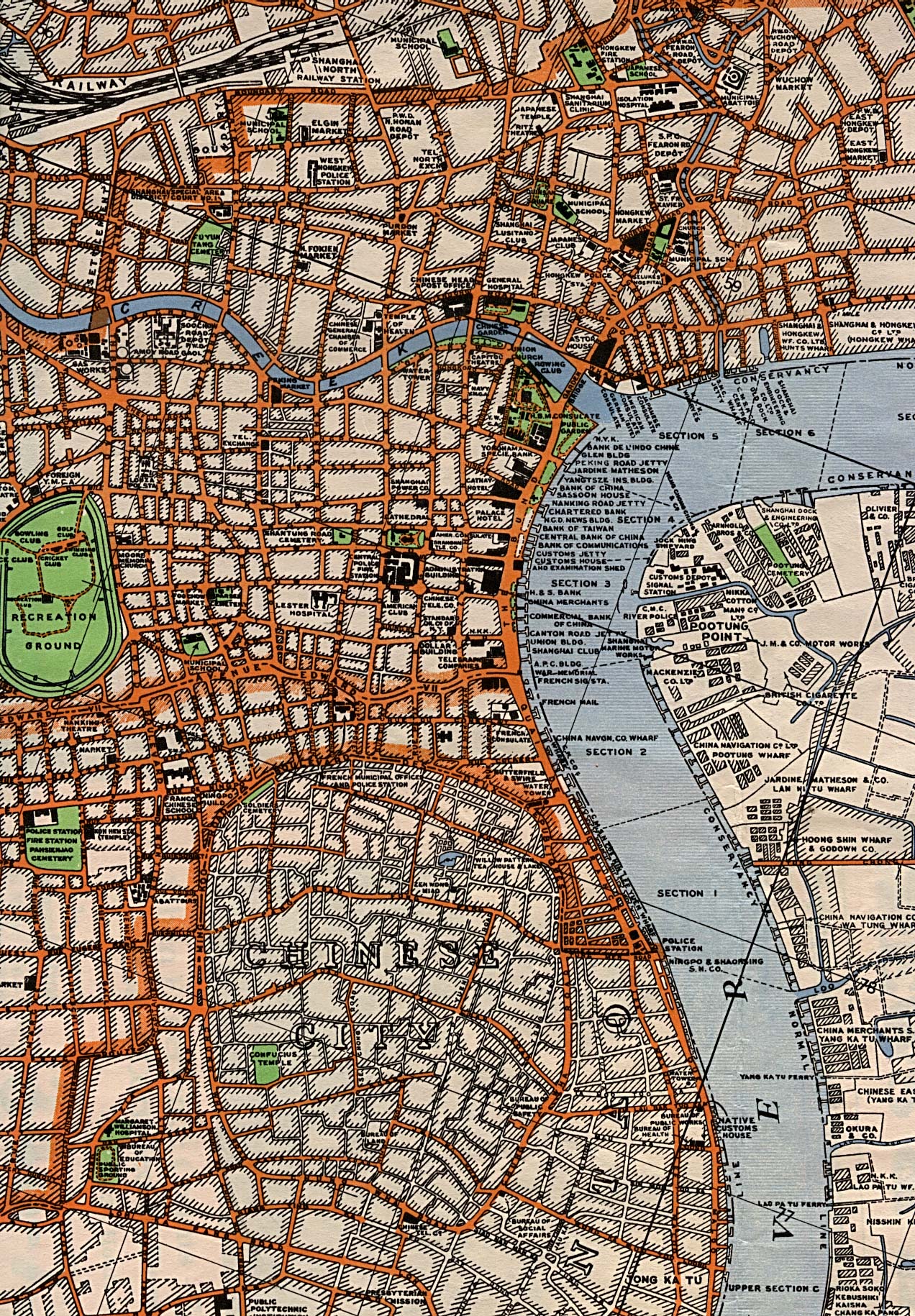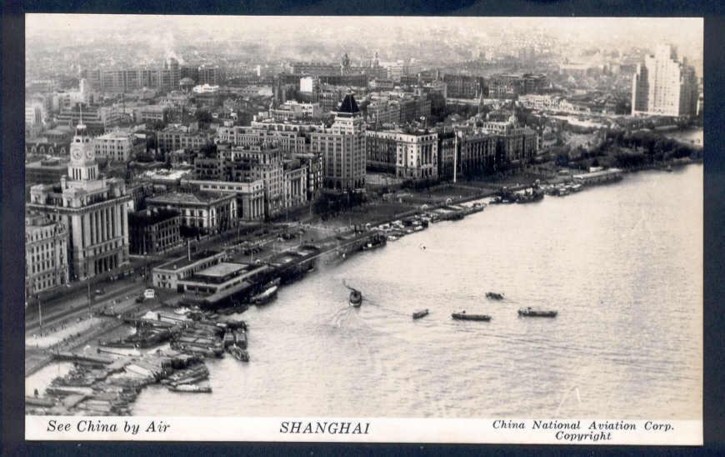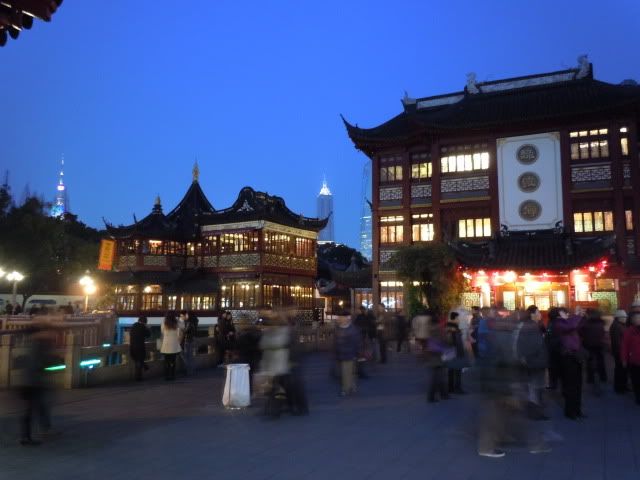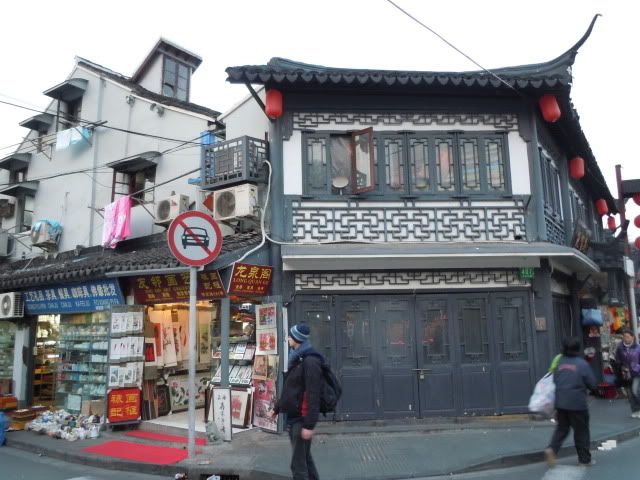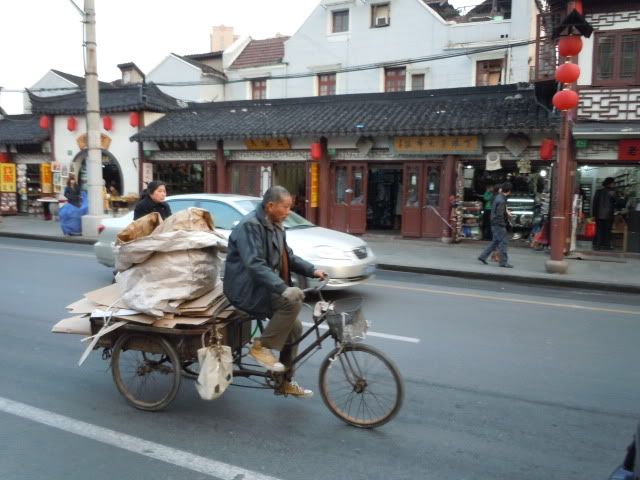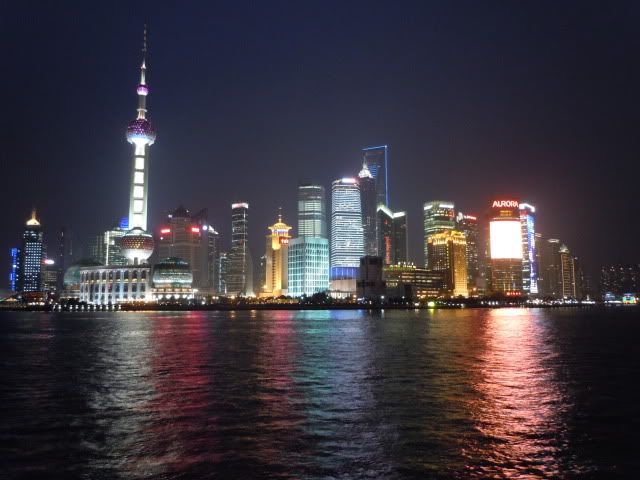cookie
I'll Lock Up
- Messages
- 5,927
- Location
- Sydney Australia
Of course it is often forgotten that Shanghai is a European founded city.
http://www.smh.com.au/travel/gems-among-giants-20120216-1tazv.html
Laszlo Hudec:
http://www.hudec.sh/
http://en.wikipedia.org/wiki/László_Hudec
http://thefrenchconcession.com/2009/laszlo-hudec-architect-of-early-shanghai/
http://thefrenchconcession.com/2009/laszlo-hudec-architect-of-early-shanghai/
http://www.smh.com.au/travel/gems-among-giants-20120216-1tazv.html
Laszlo Hudec:
http://www.hudec.sh/
http://en.wikipedia.org/wiki/László_Hudec
http://thefrenchconcession.com/2009/laszlo-hudec-architect-of-early-shanghai/
http://thefrenchconcession.com/2009/laszlo-hudec-architect-of-early-shanghai/
Last edited:

